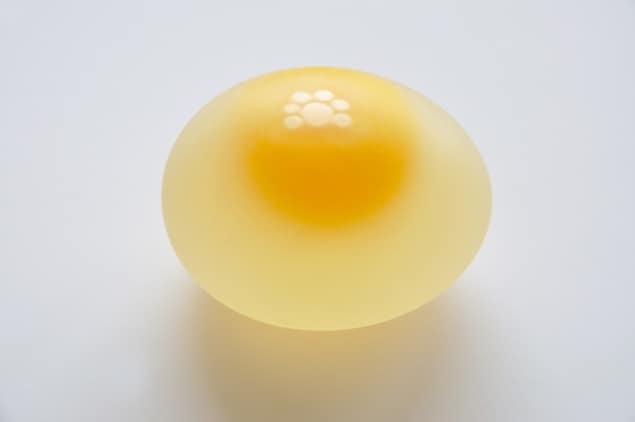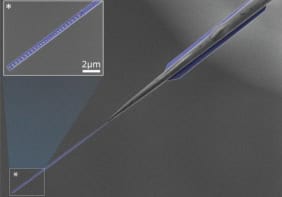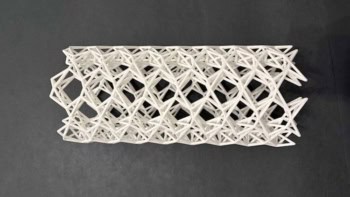
New insights into how brain injuries occur have been gleaned from a simple study of how an egg yolk is deformed when rotational forces are applied to its outer shell. The experiments were done by Ji Lang, Rungun Nathan and Qianhong Wu at Villanova University in the US, who conclude that brain injuries are far more likely to result from rotational impacts on the skull than from direct translational impacts. Their work provides new insights into how soft matter behaves and could lead to a better understanding of how certain sports injuries occur.
In living organisms, it is common to find highly deformable soft matter that is bathed in a liquid and enclosed in a rigid container. A familiar example is the human brain, which is surrounded by a thin layer of cerebrospinal fluid and encased in a hard skull. It is now widely believed that sudden translational and rotational impacts on the skull will temporarily deform the soft brain, potentially causing serious injury as intricate networks of neurons are disrupted. To study these impacts in further detail, Wu’s team exploited the similarities between the brain with a simpler system: a soft egg yolk surrounded by fluid white and encased in a hard eggshell.
Past studies have explored how soft matter deforms in response to rapidly changing shear and spinning forces in surrounding fluids. Wu and colleagues extended this research by looking at how egg yolks deform during non-destructive translational and rotational impacts on their outer shells. To do this, they devised a simple experiment involving a kitchen gadget that scrambles an egg in its shell. This allowed the team to subject yolks to a variety of shear and spinning flows and image their deformation over time.
Expanding yolk
The images revealed that the yolks only deformed slightly in response to translational impacts but were highly sensitive to rotational impacts – particularly those involving deceleration. In this case, the researchers determined that the fluid pressure outside the yolk initially becomes larger than the centrifugal force of the fluid enclosed by its delicate membrane, leading to compression at the centre of the yolk. However, if the outer shell’s rotation suddenly stops, these centrifugal forces will become far greater than the outside pressure. This means the yolk will no longer hold its shape and will expand into the surrounding fluid.

New helmet material could protect against glancing blows
The team’s results offer new insights into why brain injuries appear to be more likely to occur after certain types of impact, particularly in sports. Here, rapid rotational decelerations can occur in situations ranging from a boxer’s uppercut to the chin, to impacts on irregularly shaped helmets, like those used in ice hockey. The research may also inform future studies of membrane-enclosed soft matter, including red blood cells and spinning droplets.
The research is described in Physics of Fluids.



